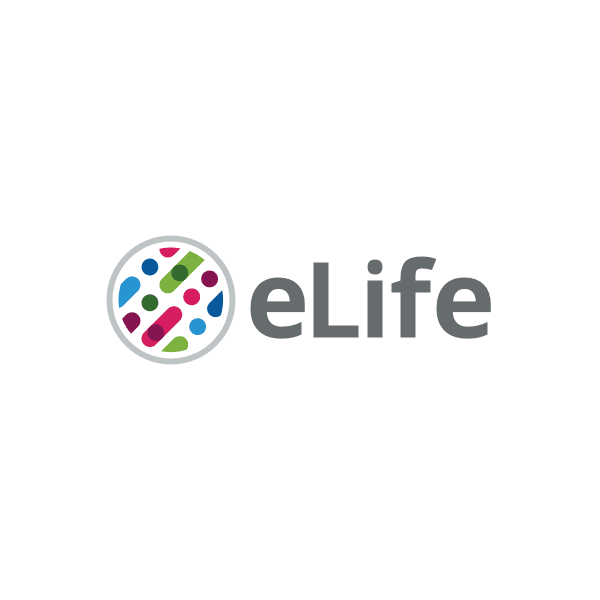Here’s a brief summary, although you miss something if you don’t read the study (trigger warning: stats):
-
The researchers suggest a novel incentive structure that significantly reduced the spread of misinformation and provide insights into the cognitive mechanisms that make it work. This structure can be adopted by social media platforms at no cost.
-
The key was to offer reaction buttons that participants were likely to use in a way that discerned between true and false information. Users who found themselves in such an environment, shared more true than false posts.
-
In particular, ‘trust’ and ‘distrust’ reaction buttons, which in contrast to ‘likes’ and ‘dislikes’, are by definition associated with veracity. For example, the study authors say, a person may dislike a post about Joe Biden winning the US presidential election, however, this does not necessarily mean that they think it is untrue.
-
Study participants used ‘distrust’ and ‘trust’ reaction buttons in a more discerning manner than ‘dislike’ and ‘like’ reaction buttons. This created an environment in which the number of social rewards and punishments in form of clicks were strongly associated with the veracity of the information shared.
-
The findings also held across a wide range of different topics (e.g., politics, health, science, etc.) and a diverse sample of participants, suggesting that the intervention is not limited to a set group of topics or users, but instead relies more broadly on the underlying mechanism of associating veracity and social rewards.
-
The researchers conclude that the new structure reduces the spread of misinformation and may help in correcting false beliefs. It does so without drastically diverging from the existing incentive structure of social media networks by relying on user engagement. Thus, this intervention may be a powerful addition to existing intervention such as educating users on how to detect misinformation.



It’s a fascinating idea, but it’s reading a lot into a small effect on a very small study group.
The authors also don’t seem to dwell much on the effect that novelty itself has on study outcomes. This is a common problem with A/B testing: introducing any divergence from what’s familiar can draw participants’ attention and affect outcomes. “Like” and “Dislike” buttons are familiar for anyone who’s spent time on the internet, but “Trust” and “Distrust” buttons are novel and will be treated more carefully. If they were used widely then we’d eventually develop a kind of banner blindness to the language, and their effect on discernment would be further weakened.
This approach could also overindex comments that express risk and uncertainty. Well-worded concerns and calls for “further study” are a time-honored way of disrupting progress (never forget the Simple Sabotage Field Manual) but often sound trustworthy.
Which makes this comment rather ironic.